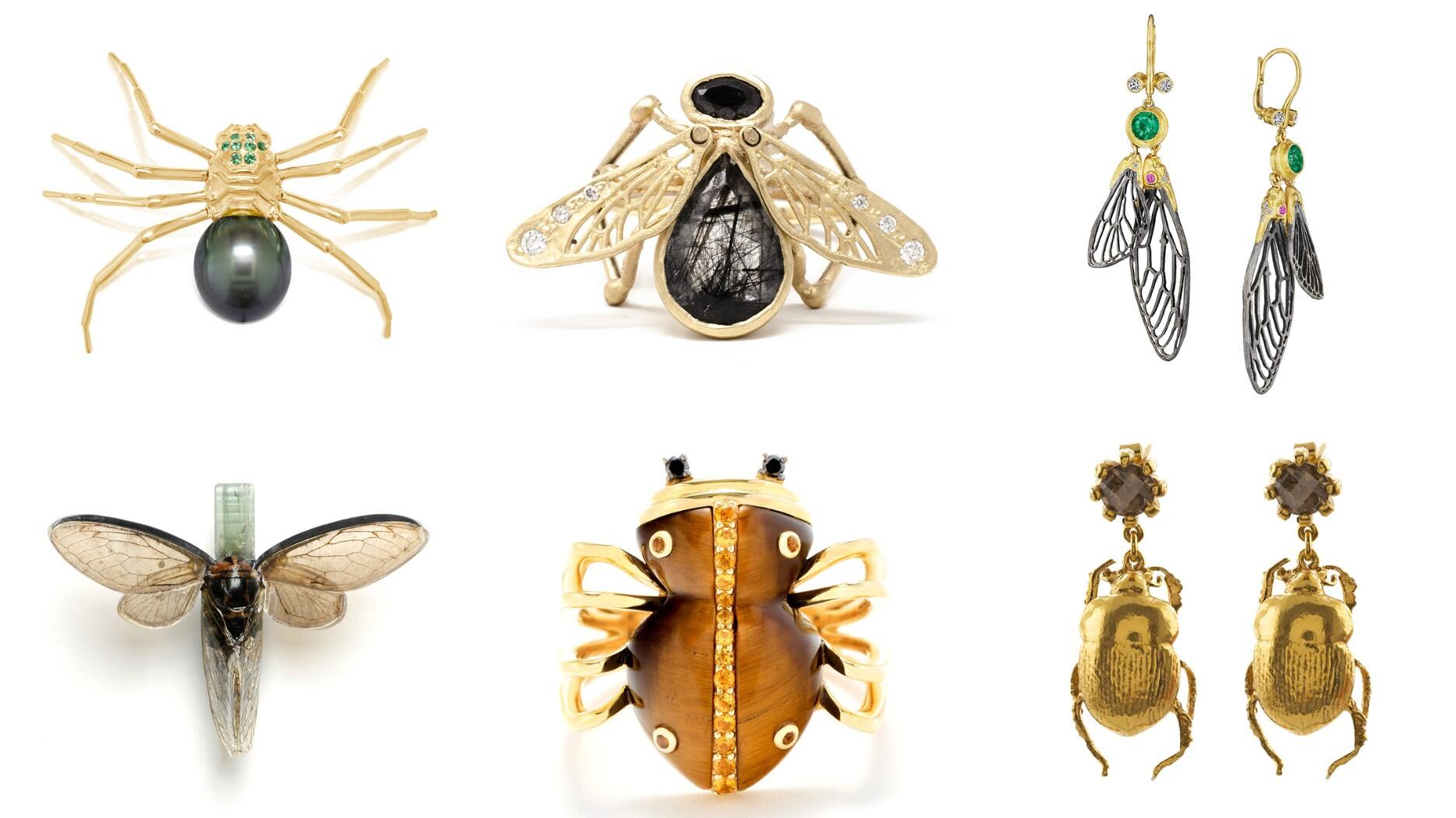Set in a Tiffany & Co. necklace, it sold for $4.2 million, the highest price and price per carat paid for a Paraíba tourmaline at auction.
4 Predictions on Retail and Diamond Desire in 2019
It will be a watershed year for man-made diamonds, Editor-in-Chief Michelle Graff writes.

Last month, I had the pleasure of traveling to sunny Scottsdale, Arizona for the annual Centurion show and of catching up with retailers after the holiday season.
What I mostly heard was this: 2018 was a good year and jewelers were expecting a strong December, but the month took a dive alongside the stock market. And the events of late 2018/early 2019, including the 35-day government shutdown, have left retailers feeling unsure what to expect in the year ahead.
What is certain, however, is that this year is going to be very telling in terms of lab-grown diamonds. How will consumers take to the lines that are out there? Will they buy them for fashion jewelry or engagement rings? Will one brand or company begin to emerge as the dominant player in the space?
Read on for four thoughts on what lies ahead for the jewelry industry in 2019.
1. Retailers are feeling ________ about 2019.
Cautiously optimistic. Concerned. Unsure. These are all words I heard circulating at Centurion after a disappointing December capped off an otherwise strong year in 2018.
What will happen with the trade war? Will there be another shutdown (this was talked about at Centurion, although the answer now seems to be no)? How much did the first one shake up consumers?
Are we headed for a recession? Recessions are especially problematic for jewelry because it’s a discretionary purchase; you don’t need to replace a ring the same way you need to replace a car or a refrigerator. As one retailer put it: “We’re the first thing to go.”
Another word that came up: nervous, and it’s not just retailers who are nervous.
“I think everybody is just nervous about everything,” one retailer from the south shared.
She said she feels like she has the right merchandise and marketing in place at her store, but whether people will buy is the big unknown at this point. She also noted that looming ahead of 2019 is a presidential election year and an election always “screws things up.”
Feel free to fill in the blank with your own adjectives in the comments section below.
2. The year will tell us a lot about how consumers view diamonds, and Valentine’s Day will be the first big test.
A head-spinning number of headlines about lab-grown diamonds hit the internet every day, but I think they all can be boiled down to this:
Consumers are going to buy them, though in what quantities and for what purposes remains to be seen.
My guess: They will take a big bite out of the middle market, particularly for lower-priced fashion jewelry.
Yes, some will buy lab-grown diamond engagement rings, but I think the bulk of man-made diamond sales will be to those consumers who say, “Hey, I can get a nice version of this diamond earring/necklace/bracelet for less. Who cares about the romance of it coming from the Earth? I’m saving money, and it’s a nice gift for myself/my daughter/my best friend.”
As I noted above, however, this is just a guess, and time will ultimately tell what consumers want—lab-grown or mined—and what they want it for, with 2019 being a watershed moment in that story.
How will, for example, J.C. Penney and Macy’s do with “Grown With Love,” the line featuring diamonds grown mainly by WD Lab Grown Diamonds and set in jewelry manufactured, distributed and marketed by Richline? Will they sell enough to continue those lines?
How will Lightbox fare, and will De Beers continue to push the envelope, introducing bigger and better stones and more styles, including rings?
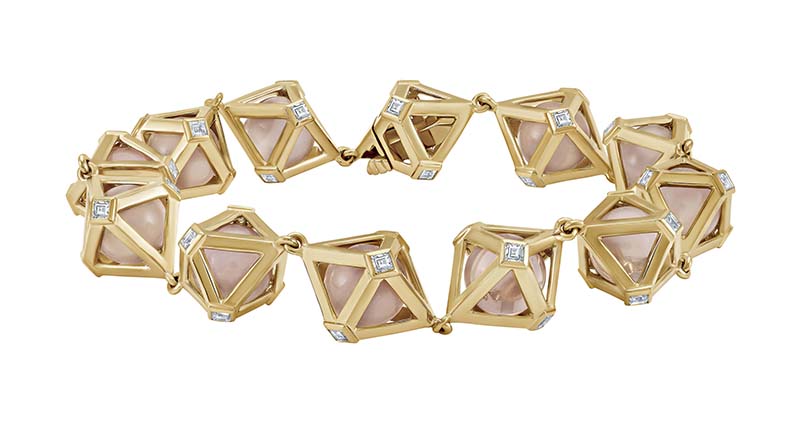
What about fashion lines like Atelier Swarovski x Stephen Webster? How well will those sell, and will the designers who made them keep going? Will we see one designer come up with that have-to-have design using man-made diamonds and emerge as the dominant player?
And what about the diamond growers themselves, companies like Diamond Foundry, the California-based company that experimented with, but ultimately didn’t make it in, brick-and-mortar retail? What will their role in the future of the industry look like?
3. Smart companies will stop and think.
In addition to acting as a gauge on consumers’ appetite for man-made diamonds, 2019 is going to be a good year for those selling diamonds today—man-made or natural—to evaluate the market for diamond jewelry going forward.
Some questions that spring to mind include:
--How are changing societal attitudes toward marriage in the U.S. going to impact demand for diamonds, given that engagement rings represent a big chunk of the market?
People are getting married later, often living together and/or having children first.
Or they’re not getting married at all. The U.S. Census Bureau released a “Families and Living Arrangements” table in 2018 that showed that single-person households comprised 28 percent of all households in the U.S. last year. In 1960, that number was 13 percent. The table also showed that 32 percent of all adults age 15 and over have never been married.
Are these long-term trends (I would say yes, for a variety of reasons) and, if so, is diamond marketing prepared to evolve to reflect that?
--How will diamonds stand up in the face of increased competition and, for some groups, declining discretionary income?
There are so many things to spend money on today, aren’t there? As The Wedding Report founder Shane McMurray noted in my story on engagement ring spending, there’s lattes and dinners out and gadgets and clothes, not to mention to the rise in the amount people are spending on what is generally referred to as “wellness”—special vitamins, yoga classes, boutique gym memberships, juice cleanses, etc.
Add to this the fact that many people’s wages aren’t keeping pace with the cost of living, and it equals less money for everything that’s not necessary.
--For those with plenty of discretionary income, what is the No. 1 luxury item that’s taking money away from diamond jewelry?
I would guess it’s not a tangible item, like a handbag or a pair of shoes, but rather experiences, particularly travel. Is there a way to compete with that?
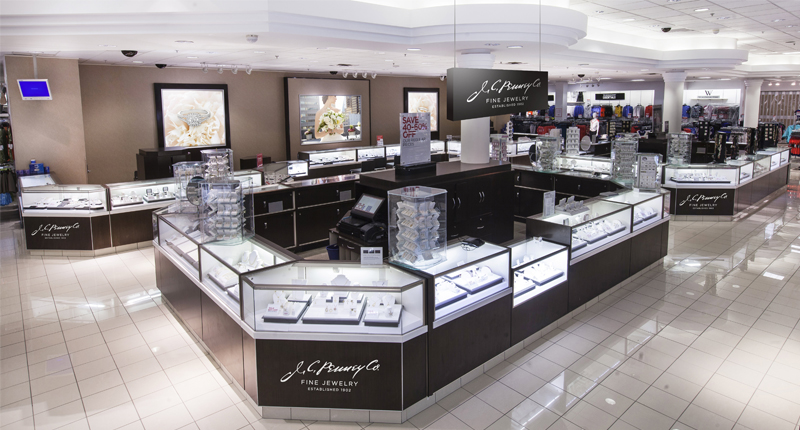
4. Well-known retailers will continue to file for bankruptcy.
This last one is a bit of a cheat, as we’re less than 50 days into the year and, already, we’ve seen seven retailers go Chapter 11, according to Retail Dive’s running list of bankruptcy victims for the year. Among them were long-time mall staples Things Remembered, Gymboree and Charlotte Russe.
So which stores that carry fine jewelry are in danger in 2019?
I predicted in early 2018 that Sears would cease to exist and while it has risen from the ashes, it’s hard to imagine what it can do to make itself relevant again and stay in business.
J.C. Penney is another retailer we’ve been watching for a while, and Neiman Marcus is also a name that keeps popping up on various bankruptcy watch lists, with some predicting that 2019 could be on par with 2017 in terms of the number of retailers going Chapter 11.
The Latest
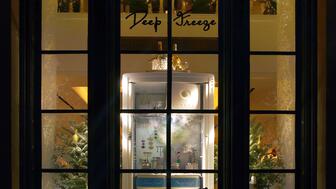
The jeweler’s “Deep Freeze” display showcases its iconic jewelry designs frozen in a vintage icebox.
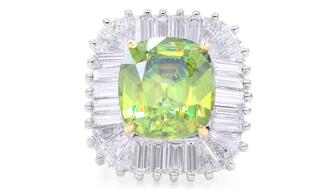
Take luxury gifting to new heights this holiday season with the jeweler’s showstopping 12-carat sphene ring.

How Jewelers of America’s 20 Under 40 are leading to ensure a brighter future for the jewelry industry.

This year's theme is “Unveiling the Depths of the Ocean.”


In its annual report, Pinterest noted an increase in searches for brooches, heirloom jewelry, and ‘80s luxury.

Starting Jan. 1, customers can request the service for opal, peridot, and demantoid garnet.

Roseco’s 704-page catalog showcases new lab-grown diamonds, findings, tools & more—available in print or interactive digital editions.

The 111-year-old retailer celebrated the opening of its new location in Salem, New Hampshire, which is its third store in the state.

The new catalog features its most popular chains as well as new styles.

The filmmaker’s personal F.P. Journe “FFC” prototype was the star of Phillips’ recent record-setting watch auction in New York.

The new location in the Design District pays homage to Miami’s Art Deco heritage and its connection to the ocean.

Inflations, tariffs, and politics—including the government shutdown—were among consumers’ top concerns last month.
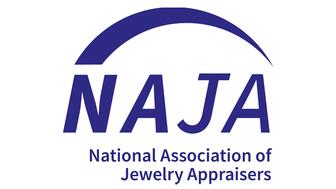
“Longtime favorite” presenters, as well as first-time speakers, will lead talks and workshops at the annual event in Tucson next year.
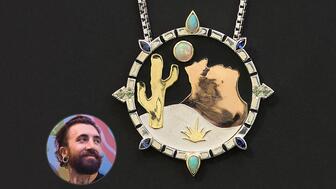
Silas Smith of Meridian Metalworks won the challenge with his pendant that blends Australian and American landscapes.
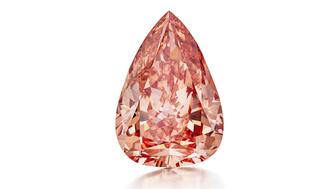
The sale of the 31.68-carat, sunset-hued stone was part of Sotheby’s first series of events and auctions in Abu Dhabi.

Most customers who walk into your store this month have made up their minds. Your job is to validate their choice, Emmanuel Raheb writes.

The collection features characters and motifs from Ukrainian folklore, including an enchanted mirror and a magic egg.

MatrixGold 3.11, the newest version of the jewelry design program, offers more flexibility, precision, and creative control.

The pavilion will be part of the 2026 JA New York Spring show, scheduled for March 15 to 17.

Kadet, a 1994 National Jeweler Retailer Hall of Fame inductee, helped grow the family-owned retailer in the Chicago area and beyond.

Billed as the world’s smallest wearable, Lumia Health’s new smart earrings have a health tracker subtly embedded in the back.
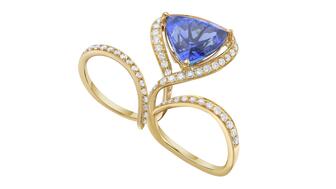
Don’t let those with December birthdays feel blue. Help them celebrate their month with blue zircon, turquoise, and tanzanite.

The new pink sapphire version of the piece dances with its wearer in the brand’s “Icons After Dark” holiday campaign.

A choice that’s generated a lot of commentary, Pantone says “Cloud Dancer” marks a fresh start and encourages relaxation and creativity.
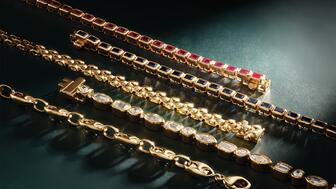
The manufacturer’s holiday campaign features a gift guide filled with trending designs and jewelry that can be personalized.

The man was charged with theft, accused of ingesting the necklace while in a jewelry store in Auckland, New Zealand.












